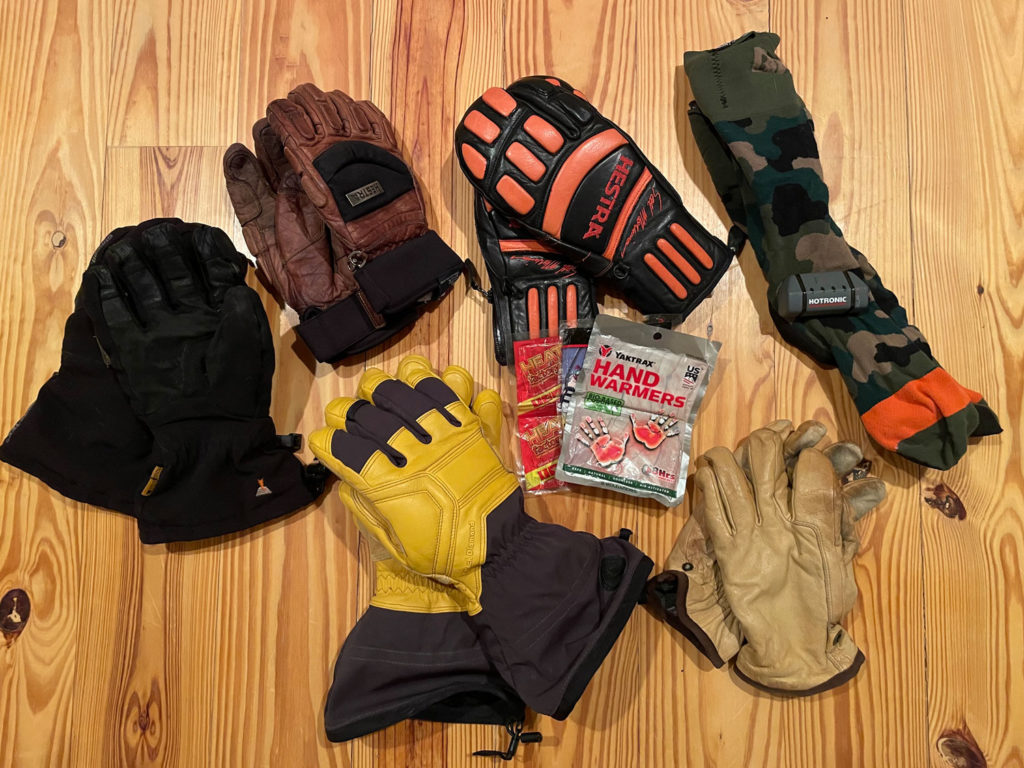Treating and Preventing Frostbite in the Backcountry
Frostbite is a freezing injury that occurs through a complex process of freezing tissue, cellular derangement, ice crystal formation, blood clots, and inflammation. While the pathophysiology of frostbite might be interesting, what’s most important is that frostbite is easy to prevent—as long as you recognize the warning signs and pack accordingly.
Because nerves are the first to be affected by the decreased blood flow seen in freezing tissue, the earliest symptom of cold injury is commonly numbness, also explaining why it is often overlooked until it is too late. Not only can numbness and the subsequent tissue damage present a serious medical problem, it can also lead to an extremely difficult backcountry rescue as riders lose the use of their hands and feet.
Since cold injuries are almost exclusively a result of one’s inability to protect themselves from the environment, what can we do to prevent frostbite?
- Any clothing or gear that is too tight and restricts the circulation of warm blood to the extremities should be addressed early on and in the field. Decreased blood flow from a constricting ski boot or a backpack strap is a simple problem that, if not managed, can lead to significant complications.
- Cover your skin. Frostbite tends to occur in the extremities (hands and feet) and on the face. While we almost always have our feet and hands covered, we frequently leave our ears and nose exposed during backcountry travel. Simply cover these areas with your beanie or a buff before it is too late.
- Act before you are cold, as the freezing process is much harder to reverse than to prevent. Remaining active while ensuring adequate nutrition and hydration are essential.
- Keep insulating layers dry and change out wet layers of clothing. Yes, this means you may have to carry an extra jacket and another pair of gloves into the field (sorry to anyone trying to shave ounces from their bag). When the alternative is frostbite and potential amputation of the affected digit, it begins to seem like a worthy proposition.

Sometimes despite your best efforts, the conditions can become so bad that your tissue begins to freeze. Frostbite sets in over several stages. The precursor to frostbite is often called frostnip, which looks like red patches on the skin. At this stage, intense constriction of the blood vessels leads to decreased blood flow. Damage at this time is minimal and warrants prompt field rewarming. Simply covering the area, addressing any potential external causes of decreased blood flow (too-tight gloves), and rewarming through hydration and nutrition are often enough.
Frostnip that continues to progress will become partial thickness frostbite, where the skin appears white, gray, or even blue. Both frostnip and partial thickness frostbite have tissue that remains malleable, and many experts will only classify frostbite after it has been thawed and the damaged tissue can be assessed. Fortunately, both can be treated in the field.
The ideal treatment for frostbite is thawing of tissue in a warm water bath. While the warm water might be feasible on a hut trip, it’s obviously not quite as easy to do while in the field. If you can into warm water, be aware that thawing of the frozen tissue will be extremely painful and may render the affected areas unusable during evacuations. This may make it challenging for you or your patient to put a foot in a ski boot let alone ski or hold a ski pole. Also keep in mind that refreezing of the thawed tissue can cause significantly worse injury and should be prevented at all costs.
If the involved tissue has frozen to the point that there is no sensation, the joints do not move, and the tissue is no longer malleable, the patient has deep frostbite. Deep frostbite warrants emergency evacuation. While it may feel counterintuitive, allowing the tissue to remain frozen is a better alternative then attempting evacuation on inflamed and painful rewarmed feet that run the real possibility of refreezing again.
As with other cold injuries such as hypothermia, early recognition equals an easy cure.
To learn more, take a wilderness medicine course (click here for a schedule of upcoming courses) and check out our other articles “How to Pack While Backcountry Ski-Touring” and “Med Kit for Backcountry Skiing” to better prepare yourself for your next backcountry adventure.
Gavin Dawson owns Global Emergency Medics LLC, and is a lead instructor at Wilderness Medical Associates.


